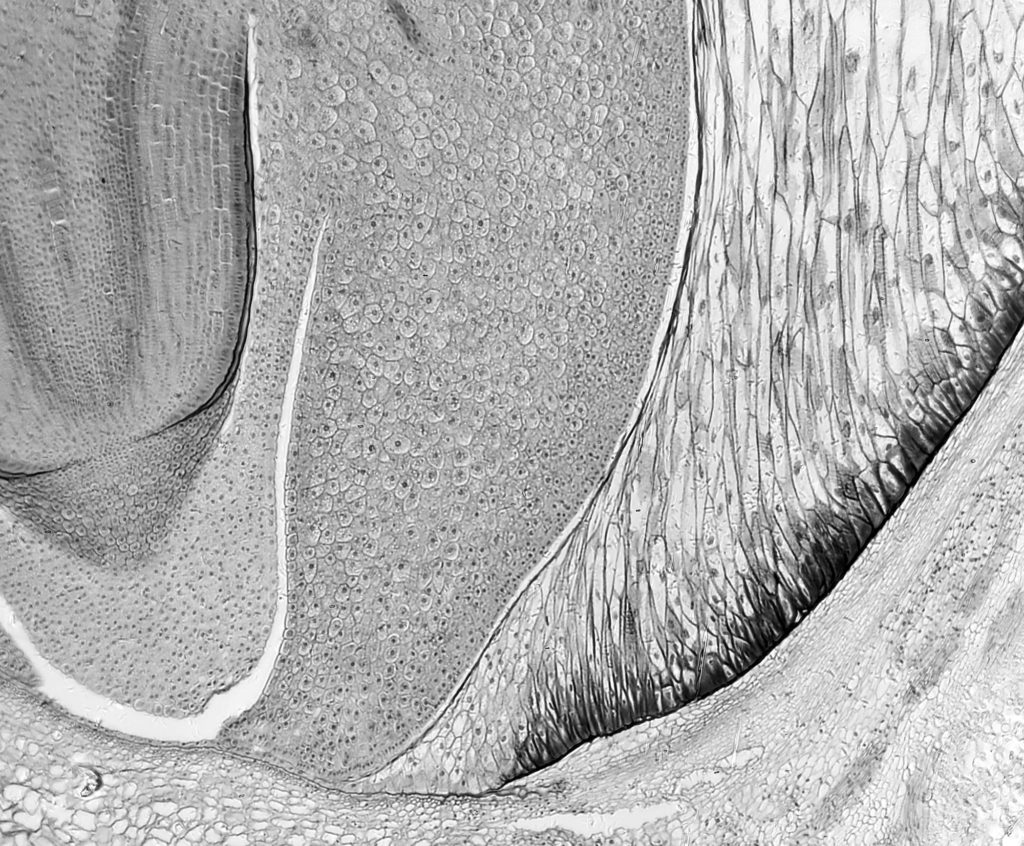My Olympus BHB microscope refurbishment (affectionately know as Project Beater, given the state it was in when I got it) is coming along during the Covid-19 lockdown.
Initially I thought that changing the lighting to LED would be the way to go. Longer bulb life, and brighter light for much lower power sounded like a win-win. However my initial attempt left me a bit disappointed. C-, more work needed there. So back to the original Tungsten filament bulb. 6V and 30W means a 5A power supply, and my benchtop unit wasn’t up to the job, so a quick ebay purchase of an adjustable 3-12V, 5A supply (for the princely sum of £12), and a couple of 4mm banana plugs, and I has a suitable power supply. This gives a more even light spread than the LED, and is easily adjustable for brightness.
After my initial attempt, it became obvious the focus stacking was going to be needed. I downloaded Zerene stacking software, as it gave a 30 day free trial, and it seems to be the go-to package. Now, to set about trying it out.
My slide prep kit came with a few pre-prepared slides, so these are great for practice, as I don’t have to worry about preparing something. One of these is a Corn seed cross section. Lots of detail, so a simple one to start imaging with. Below is the result of a stack of 22 images, taken with the 4x SPlan objective, through the camera adapter and captured on my monochrome Nikon d850 (final magnification about 80x).

It’s fairly obvious that focus stacking improves things a lot compared to a single image, although it’s not completely fool proof. Certainly a piece of software which requires practice to get the best out of.
My journey into microscopy has been fascinating, and something I will continue to play with moving forward. If you want to know more about this or my other work, you can reach me through my Contact page.
